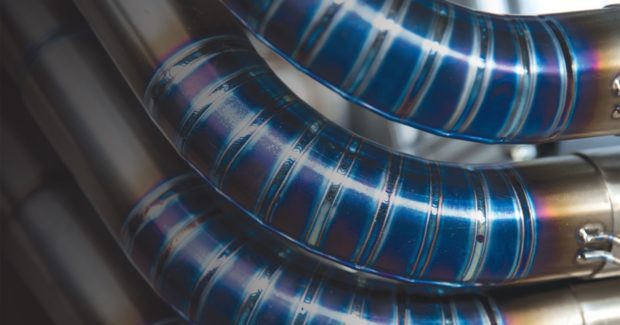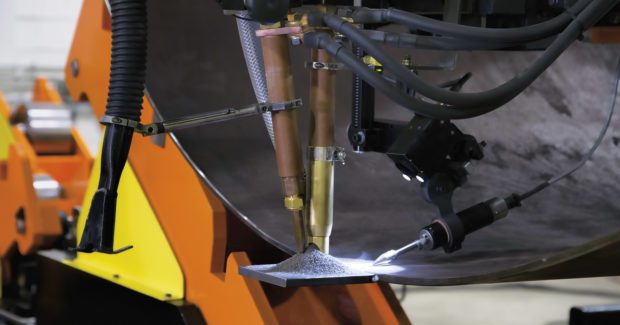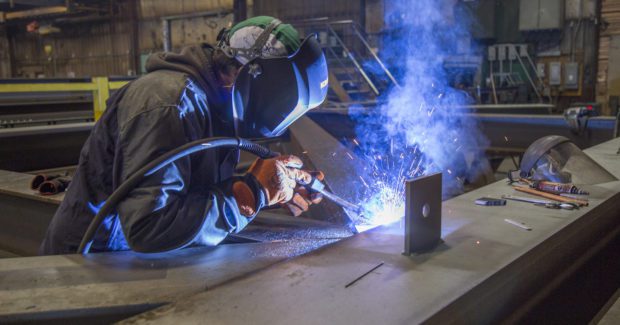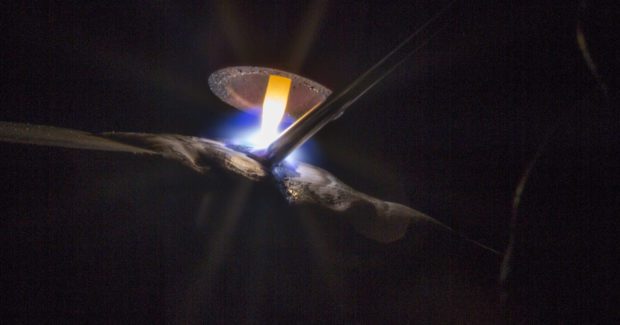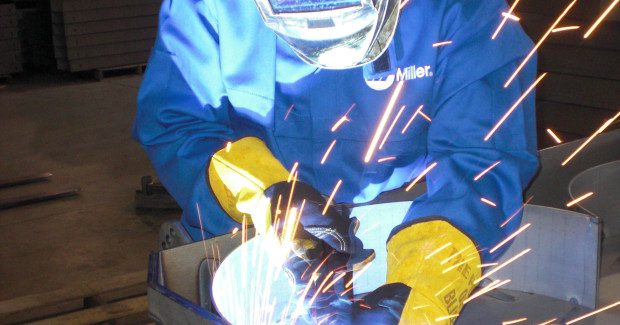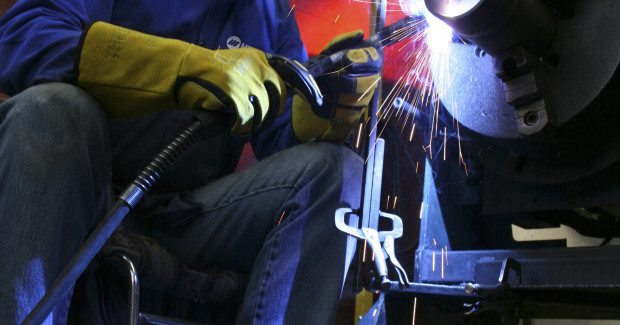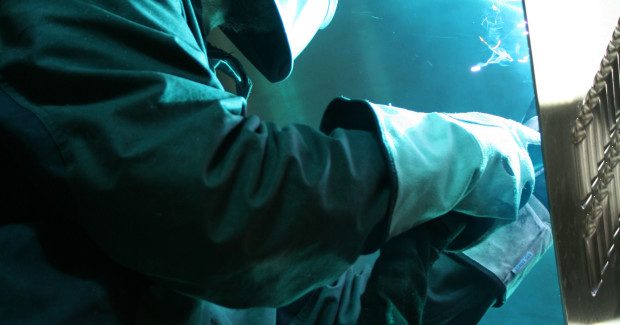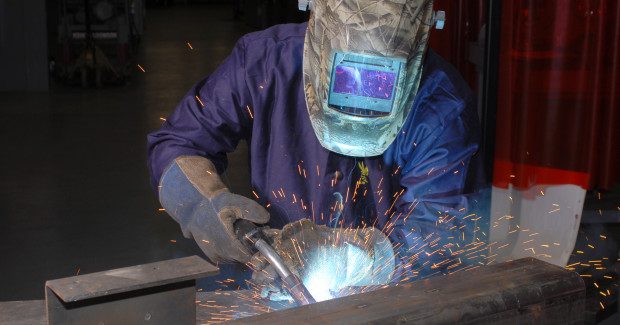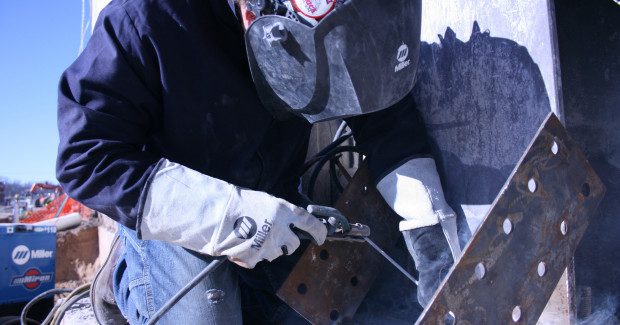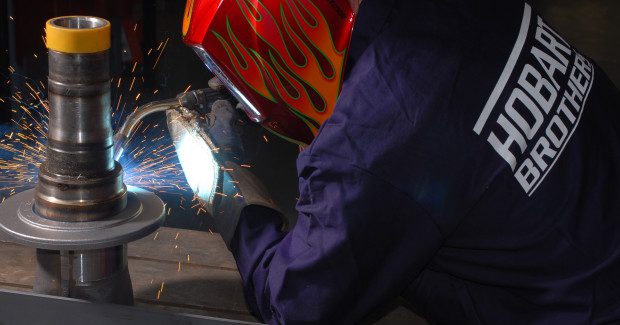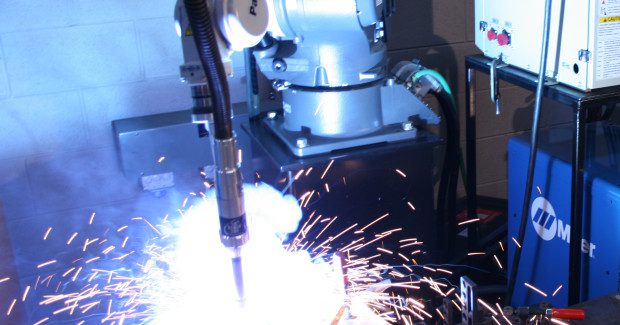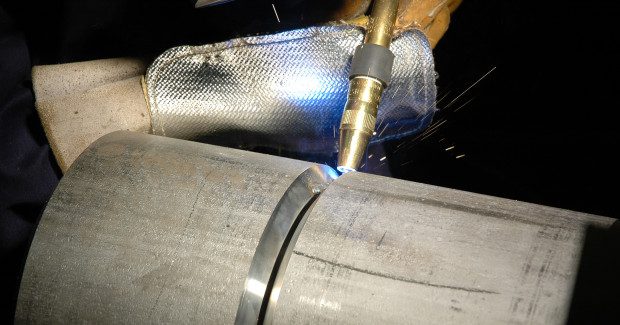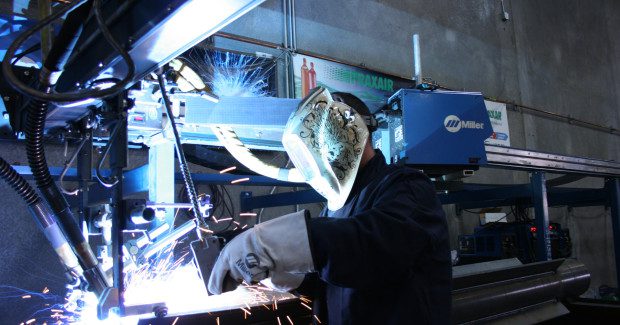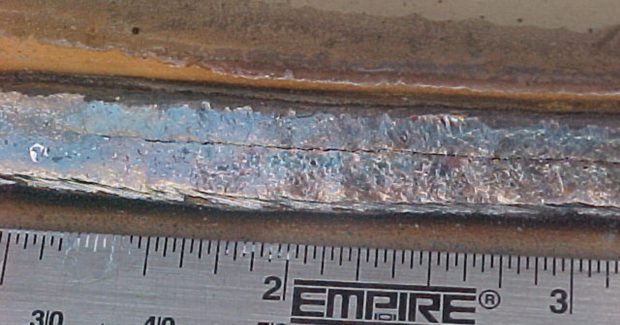"The Business of Metal Manufacturing"
- Metal Forming & Fabricating
- Additive Manufacturing Systems
- Automation/Robotics
- CAD/CAM Software
- Coil Handling Equipment
- Cut-To-Length Lines
- Deburring Machines
- Heat Treating
- Ironworkers
- Laser Cutting Systems
- Oxyfuel Cutting Systems
- Plasma Cutting Systems
- Press Brakes, Panel Benders
- Punch Presses
- Sawing Systems
- Shears
- Stamping Presses
- Tube & Pipe Fabrication
- Turret Presses
- Waterjets
- Welding
- Machining
- Automation/Robotics
- CAD/CAM Software
- Drilling Machines
- Gear Cutting Machines
- Grinding Machines
- Honing Machines
- Horizontal Machining Centers
- Laser Cutting
- Lathes
- Machine Controls
- Milling Machines
- Multitasking Machines
- Ram EDM Machines
- Software
- Turning Centers
- Vertical Machining Centers
- Wire EDM Machines
- Tooling & Workholding
- Measurement & Inspection
- Maintenance
- Safety
- Adjustable Guards
- Body Protection
- Eye and Face Protection
- Fixed Guards
- Foot and Leg Protection
- Hand and Arm Protection
- Head Protection
- Hearing Protection
- Interlocked Guards
- Moveable Barriers and Gates
- Presence Sensing Devices
- Pullbacks/Restraints
- Regulatory Compliance
- Safety Mats
- Safety Trip Controls
- Self-Adjusting Guards
- Two Hand Controls
- Material Handling
- Magazine
- Profiles
- Webinars
- White Papers
- Videos
- Supplier Directory
- Products
- Experts
- Calendar
- Contact
- Advertise
- Subscribe
Category Menu
- Metal Forming & Fabricating
- Additive Manufacturing Systems
- Automation/Robotics
- CAD/CAM Software
- Coil Handling Equipment
- Cut-To-Length Lines
- Deburring Machines
- Heat Treating
- Ironworkers
- Laser Cutting Systems
- Oxyfuel Cutting Systems
- Plasma Cutting Systems
- Press Brakes, Panel Benders
- Punch Presses
- Sawing Systems
- Shears
- Stamping Presses
- Tube & Pipe Fabrication
- Turret Presses
- Waterjets
- Welding
- Machining
- Automation/Robotics
- CAD/CAM Software
- Drilling Machines
- Gear Cutting Machines
- Grinding Machines
- Honing Machines
- Horizontal Machining Centers
- Laser Cutting
- Lathes
- Machine Controls
- Milling Machines
- Multitasking Machines
- Ram EDM Machines
- Software
- Turning Centers
- Vertical Machining Centers
- Wire EDM Machines
- Tooling & Workholding
- Measurement & Inspection
- Maintenance
- Safety
- Adjustable Guards
- Body Protection
- Eye and Face Protection
- Fixed Guards
- Foot and Leg Protection
- Hand and Arm Protection
- Head Protection
- Hearing Protection
- Interlocked Guards
- Moveable Barriers and Gates
- Presence Sensing Devices
- Pullbacks/Restraints
- Regulatory Compliance
- Safety Mats
- Safety Trip Controls
- Self-Adjusting Guards
- Two Hand Controls
- Material Handling


